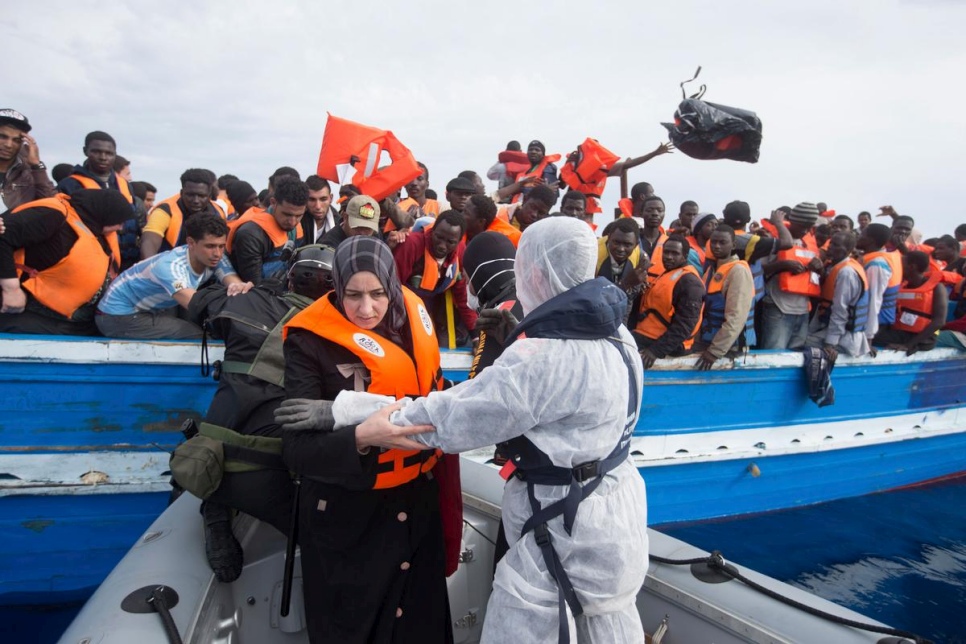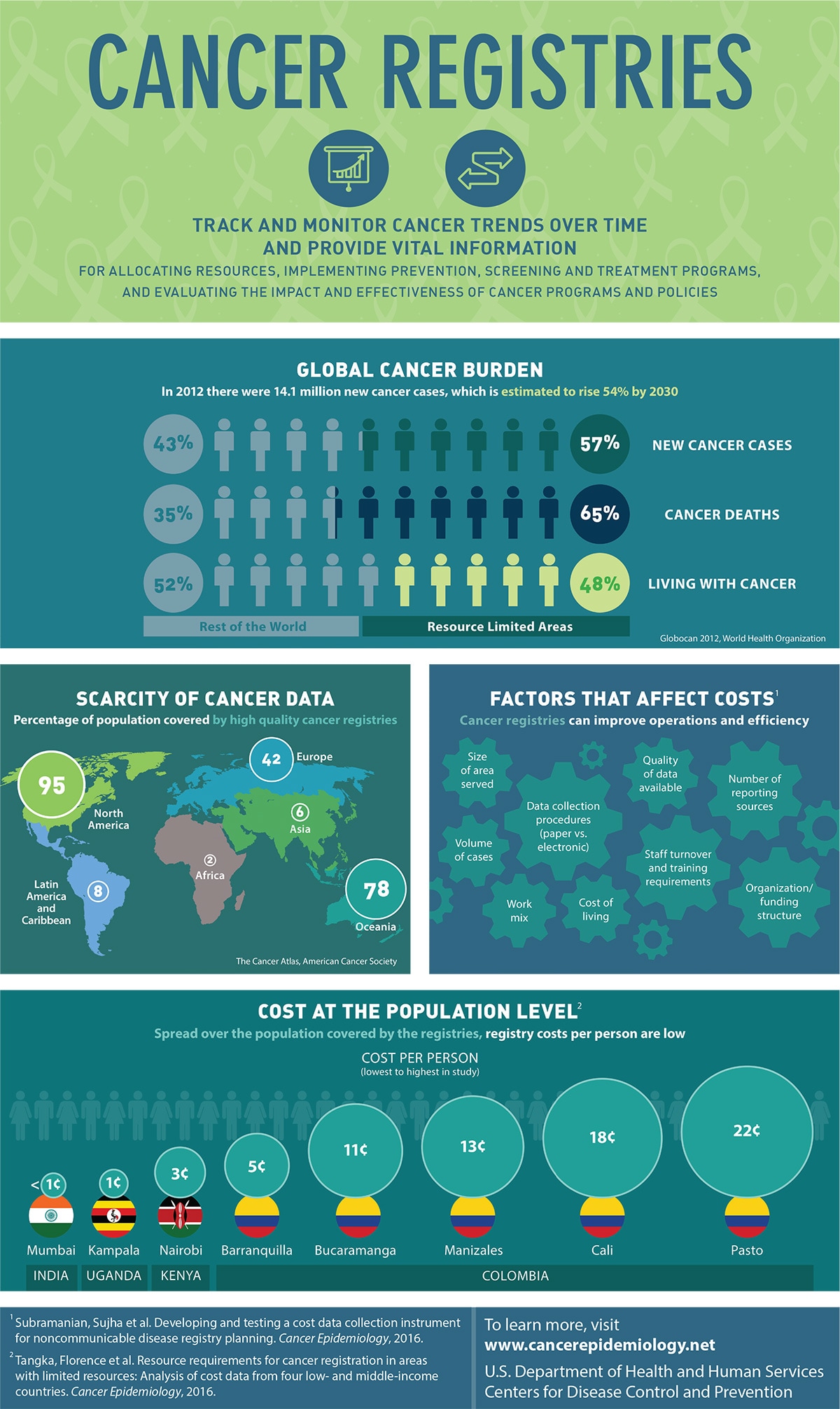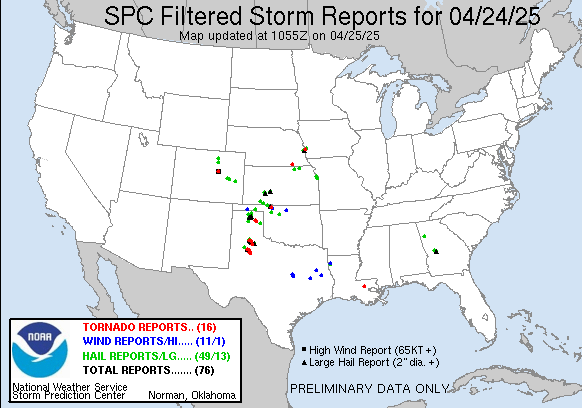Archive for February, 2017
At least seven confirmed tornadoes hit southeast Louisiana Tuesday, causing major damage but killing 0.
Wednesday, February 8th, 2017At least 20 dead and 35 wounded after a suicide blast Tuesday outside Afghanistan’s Supreme Court in Kabul
Wednesday, February 8th, 2017Al-Qa’ida in the Arabian Peninsula (AQAP) continues to influence the global English-speaking jihadist community through newly created Inspire Guides, which allow the group to take credit for attacks and provide guidance for future operations.
Wednesday, February 8th, 2017
“….In the first Inspire Guide in June, AQAP criticized Orlando shooter Omar Mateen because he attacked “minorities,” which became the media’s primary focus rather than Mateen’s true motivation—retaliation for US airstrikes in Iraq and Syria. In the same Guide, AQAP reasserted its desire for a unified Salafi-jihadist community under al-Qa’ida, reminding readers that al-Qa’ida was the original inspiration for lone-wolf operations.
In the second Guide, AQAP praised Nice attacker Mohamed Lahouaiej-Bouhlel because he followed tactical guidance from a previous Inspire magazine. In the third iteration, AQAP admonished the Islamic State of Iraq and Syria for using women in operations, writing that the use of women is “dishonorable,” and that it was the primary reason why the attack in September involving three women near Notre Dame Cathedral in Paris ultimately failed. On November 12, the fourth Guide was issued in coordination with the 16th edition of Inspire magazine and praised the bomb-related incidents in Seaside Park, Elizabeth, and New York City in September…..”
Enabled or remote-controlled attacks: violence conceived and guided by operatives in areas controlled by the Islamic State whose only connection to the would-be attacker is the internet.
Tuesday, February 7th, 2017“…..For 17 months, terrorist operatives guided the recruit, a young engineer named Mohammed Ibrahim Yazdani, through every step of what they planned to be the Islamic State’s first strike on Indian soil.
They vetted each new member of the cell as Mr. Yazdani recruited helpers. They taught him how to pledge allegiance to the terrorist group and securely send the statement.
And from Syria, investigators believe, the group’s virtual plotters organized for the delivery of weapons as well as the precursor chemicals used to make explosives, directing the Indian men to hidden pickup spots…..”
The UN mission in Afghanistan expresses particular concern about a 65 percent jump in the number of children killed or injured by explosive remnants as fighting has spread to heavily populated civilian areas.
Monday, February 6th, 2017“…..In 2016, 3,498 civilians were killed and 7,920 others wounded — an increase of 3 percent over the previous year….”
Heavy snow and avalanches have killed more than 106 people and injured dozens in Afghanistan.
Monday, February 6th, 2017‘….”Avalanches have buried two entire villages,” a spokesman for the ministry told news agency AFP of the Barg Matal area in Nuristan…..’

Human Rights Watch: Myanmar army soldiers and Border Guard Police took part in rape, gang rape, invasive body searches and sexual assaults while conducting counter-insurgency operations in the western state of Rakhine from October through mid-December against members of the Rohingya.
Monday, February 6th, 2017
Devastating cruelty against Rohingya children, women and men detailed in UN human rights report
GENEVA (3 February 2017) – Mass gang-rape, killings – including of babies and young children, brutal beatings, disappearances and other serious human rights violations by Myanmar’s security forces in a sealed-off area north of Maungdaw in northern Rakhine State have been detailed in a new UN report issued Friday based on interviews with victims across the border in Bangladesh.
Of the 204 people individually interviewed by a team of UN human rights investigators, the vast majority reported witnessing killings, and almost half reported having a family member who was killed as well as family members who were missing. Of the 101 women interviewed, more than half reported having suffered rape or other forms of sexual violence.
Especially revolting were the accounts of children – including an eight-month old, a five-year-old and a six-year-old – who were slaughtered with knives. One mother recounted how her five-year-old daughter was trying to protect her from rape when a man “took out a long knife and killed her by slitting her throat.” In another case, an eight-month-old baby was reportedly killed while his mother was gang-raped by five security officers.
“The devastating cruelty to which these Rohingya children have been subjected is unbearable – what kind of hatred could make a man stab a baby crying out for his mother’s milk. And for the mother to witness this murder while she is being gang-raped by the very security forces who should be protecting her – what kind of ‘clearance operation’ is this? What national security goals could possibly be served by this?” High Commissioner Zeid said, noting the report suggests the recent level of violence to be unprecedented.
“I call on the international community, with all its strength, to join me in urging the leadership in Myanmar to bring such military operations to an end. The gravity and scale of these allegations begs the robust reaction of the international community.”
After the repeated failure of the Government of Myanmar to grant the UN Human Rights Office unfettered access to the worst-affected areas of northern Rakhine State, High Commissioner Zeid deployed a team of human rights officers to the Bangladeshi border with Myanmar, where an estimated 66,000 Rohingya have fled since 9 October 2016.
All the individuals interviewed by the team had fled Myanmar after the 9 October attacks against three border guard posts, which had prompted intense military operations and a lockdown in north Maungdaw. The military indicated that it was conducting “area clearance operations” in the region.
The report cites consistent testimony indicating that hundreds of Rohingya houses, schools, markets, shops, madrasas and mosques were burned by the army, police and sometimes civilian mobs. Witnesses also described the destruction of food and food sources, including paddy fields, and the confiscation of livestock.
“Numerous testimonies collected from people from different village tracts…confirmed that the army deliberately set fire to houses with families inside, and in other cases pushed Rohingyas into already burning houses,” the report states. “Testimonies were collected of several cases where the army or Rakhine villagers locked an entire family, including elderly and disabled people, inside a house and set it on fire, killing them all.”
Several people were killed in indiscriminate and random shooting, many while fleeing for safety. Those who suffered serious physical injuries had almost no access to emergency medical care, and many of the people interviewed remained visibly traumatized by the human rights violations they survived or witnessed. People who did not know the fate of loved ones who had been rounded up by the army or separated while fleeing were particularly distressed.
Many witnesses and victims also described being taunted while they were being beaten, raped or rounded up, such as being told “you are Bangladeshis and you should go back” or “What can your Allah do for you? See what we can do?” The violence since 9 October follows a long-standing pattern of violations and abuses; systematic and systemic discrimination; and policies of exclusion and marginalization against the Rohingya that have been in place for decades in northern Rakhine State, the report notes.*
Reports suggest that operations by security forces in the area have continued into January 2017, although their intensity and frequency may have reduced.
“The killing of people as they prayed, fished to feed their families or slept in their homes, the brutal beating of children as young as two and an elderly woman aged 80 – the perpetrators of these violations, and those who ordered them, must be held accountable,” High Commissioner Zeid said. “The Government of Myanmar must immediately halt these grave human rights violations against its own people, instead of continuing to deny they have occurred, and accepts the responsibility to ensure that victims have access to justice, reparations and safety.”
The report concludes that the widespread violations against the Rohingya population indicate the very likely commission of crimes against humanity.
ENDS
* To read the full report, please visit: http://www.ohchr.org/Documents/Countries/MM/FlashReport3Feb2017.pdf
* See also the June 2016 report by the UN Human Rights Office on the situation of Rohingya Muslims and other minorities in Myanmar: http://www.ohchr.org/EN/HRBodies/HRC/RegularSessions/Session32/Pages/ListReports.aspx . The report was mandated by the UN Human Rights Council.
For more information and media requests, please contact Rupert Colville (+41 22 917 9767 / rcolville@ohchr.org) or Ravina Shamdasani (+41 22 917 9169 / rshamdasani@ohchr.org) or Liz Throssell ( +41 22 917 9466/ ethrossell@ohchr.org)
Tag and share – Twitter: @UNHumanRights and Facebook: unitednationshumanrights
– See more at: http://www.ohchr.org/EN/NewsEvents/Pages/DisplayNews.aspx?NewsID=21142&LangID=E#sthash.kDdthvCK.dpuf
European Union leaders are meeting in Malta to discuss how to stem the influx of migrants from North Africa.
Sunday, February 5th, 2017- “….On Thursday, Italy’s coastguard said more than 1,750 migrants had been rescued in the Mediterranean within 24 hours….”
- “….More than 180,000 migrants arrived in Italy last year….
- “….more than 4,500 drowned trying to get [to Italy]…..”

February 4 is World Cancer Day: Global Cancer Burden
Saturday, February 4th, 2017
Cancer Registries
Track and monitor cancer trends over time and provide vital information for allocating resources, implementing prevention, screening and treatment programs, and evaluating the impact and effectiveness of cancer programs and policies
Global Cancer Burden
In 2012 there were 14.1 million new cancer cases, which is estimated to rise 54% by 2030
- 57% New cancer cases
- 65% cancer deaths
- 46% Living with cancers
Source: Globocan 2012, World Health Organization
Scarcity of Cancer Data
Percentage of population covered by high quality cancer registries
- 95% North America
- 8% Latin America and Caribbean
- 2% Africa
- 42% Europe
- 6% Asia
- 78% Oceania
Source: The Cancer Atlas, American Cancer Society
Factors that Affect Costs 1
Cancer registries can improve operations and efficiency
- Size of area served
- Data collection procedures (paper vs. electronic)
- Volume of cases
- Quality of Data available
- Number of reporting sources
- Staff turnover and training requirements
- Cost of living
- Organization/funding structure
Cost at the Population Level2
Spread over the population covered by the registries, registry costs per person are low
Cost per person (lowest to highest in study)
India
- Mumbai, less than 1 cent
Uganda
- Kampala, 1 cent
Kenya
- Nairobi, 3 cents
Colombia
- Barranquilla, 5 cents
- Bucaramanga, 11 cents
- Manizales, 13 cents
- Cali, 18 cents
- Pasto, 22 cents
To learn more, visit http://www.cancerepidemiology.net
U.S. Department of Health and Human Services
Centers for Disease Control and Prevention
1Subramanian, Sujha et al. Developing and testing a cost data collection instrument for noncommunicable disease registry planning. Cancer Epidemiology, 2016.
2Tangka, Florence et al. Resource requirements for cancer registration in areas with limited resources: Analysis of cost data from four low- and middle-income countries. Cancer Epidemiology, 2016.





_FiguresAtAGlance_Infographic(27JAN2017).png)